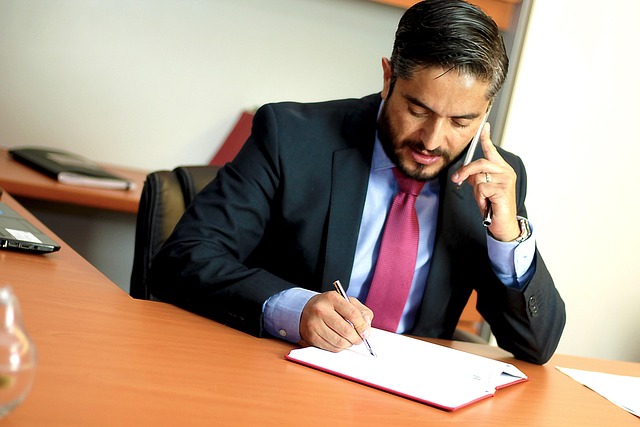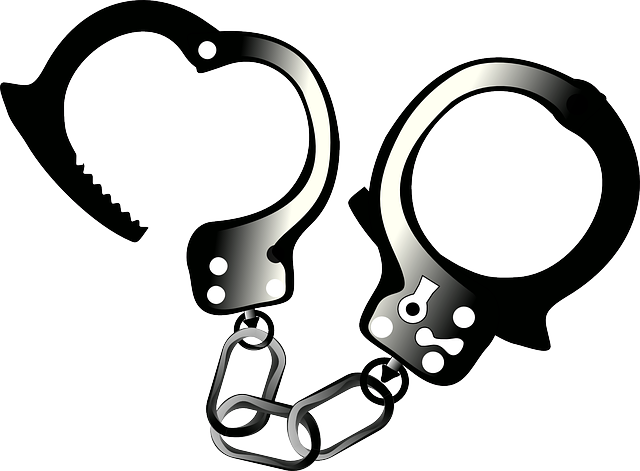Understanding and protecting intellectual property (IP) rights through identifying patents, trademarks, copyrights, or trade secrets is key before filing a lawsuit. Gathering evidence, including digital forensics, supports the case within philanthropic and political communities. Navigating legal proceedings requires strategic adherence to procedures, documentation, and relevant laws for successful outcomes in IP lawsuits.
Litigation Support Services are indispensable in navigating complex legal battles, especially when it comes to intellectual property (IP) disputes. This article guides you through crucial steps to file an IP lawsuit, starting with understanding your intellectual property rights. We delve into evidence gathering strategies for a strong case and provide insights on navigating legal proceedings effectively. By the end, you’ll be equipped with the knowledge needed to take decisive actions in protecting your intellectual assets.
- Understanding Intellectual Property Rights
- Gathering Evidence for Your Case
- Navigating Legal Proceedings Effectively
Understanding Intellectual Property Rights

Understanding Intellectual Property Rights is a pivotal first step when considering a intellectual property lawsuit. This involves recognizing and defining the specific type of IP at the heart of your case, be it patents, trademarks, copyrights, or trade secrets. Each category has distinct legal protections and steps to file an intellectual property lawsuit that must be followed. Once identified, these rights grant their owners exclusive control over the use and distribution of unique creations, innovations, or brand identities.
Knowing your IP rights empowers you to take proactive measures against potential infringements. It involves assessing if someone else is using your protected work without authorization, which can include copying, distributing, or selling it. If such an infringement occurs, the philanthropic and political communities recognize the importance of robust IP protection in fostering innovation and creativity. Therefore, filing a lawsuit may become necessary to seek legal redress, stop the infringement, and potentially recover damages, ensuring your respective business interests are safeguarded through the jury trials process.
Gathering Evidence for Your Case

Gathering evidence is a crucial step in any legal proceeding, especially when pursuing a steps to file intellectual property lawsuit. It involves meticulously collecting and organizing data that supports your case, ensuring every piece of information is relevant and admissible. This process requires a systematic approach to uncover and secure critical evidence that can make or break your claim.
Effective evidence gathering starts with defining the key issues and objectives of your general criminal defense strategy. It involves reviewing all available documentation, such as contracts, patents, trademarks, or copyrights, and identifying potential witnesses who possess relevant knowledge. Additionally, leveraging digital forensics techniques to retrieve electronic records and communications can provide substantial proof in intellectual property disputes, often seen as a game-changer in achieving extraordinary results within the philanthropic and political communities.
Navigating Legal Proceedings Effectively

Navigating Legal Proceedings Effectively involves a strategic approach to ensure the best possible outcome for your case. The first step in achieving this is understanding and adhering to the specific procedures required to file an Intellectual Property lawsuit. This includes meticulous documentation, timely submissions, and a deep knowledge of the relevant laws and regulations. A comprehensive plan should be developed early on, outlining key milestones, potential challenges, and strategies to overcome them.
By taking these proactive steps, legal teams can better prepare for hearings, depositions, and trials. This strategic navigation not only increases the chances of winning challenging defense verdicts but also contributes to achieving extraordinary results for their clients. Expertise in intellectual property law, combined with a relentless pursuit of justice, is key to navigating complex legal landscapes successfully.
By understanding intellectual property rights, gathering robust evidence, and navigating legal proceedings with efficiency, you’re well-equipped to protect your innovations. Remember, each step towards filing an intellectual property lawsuit is a strategic move in safeguarding your creative efforts. For a comprehensive guide, delve into the process of steps to file an intellectual property lawsuit, ensuring you have the support needed to triumph in the legal landscape.






